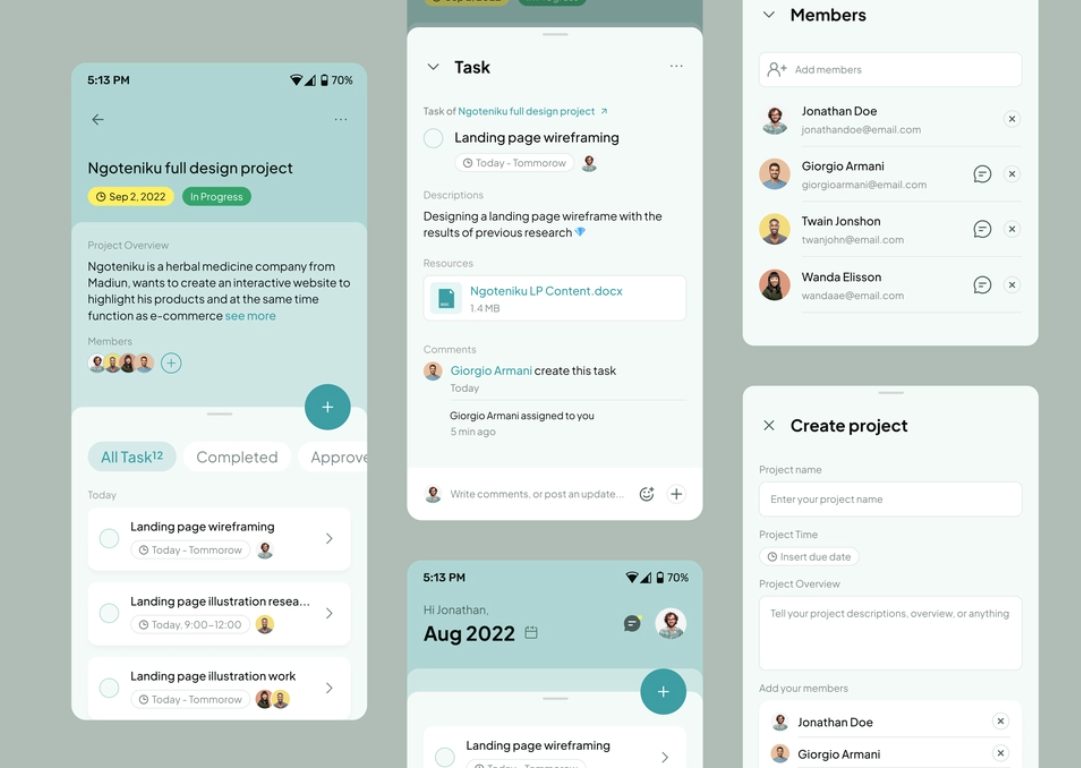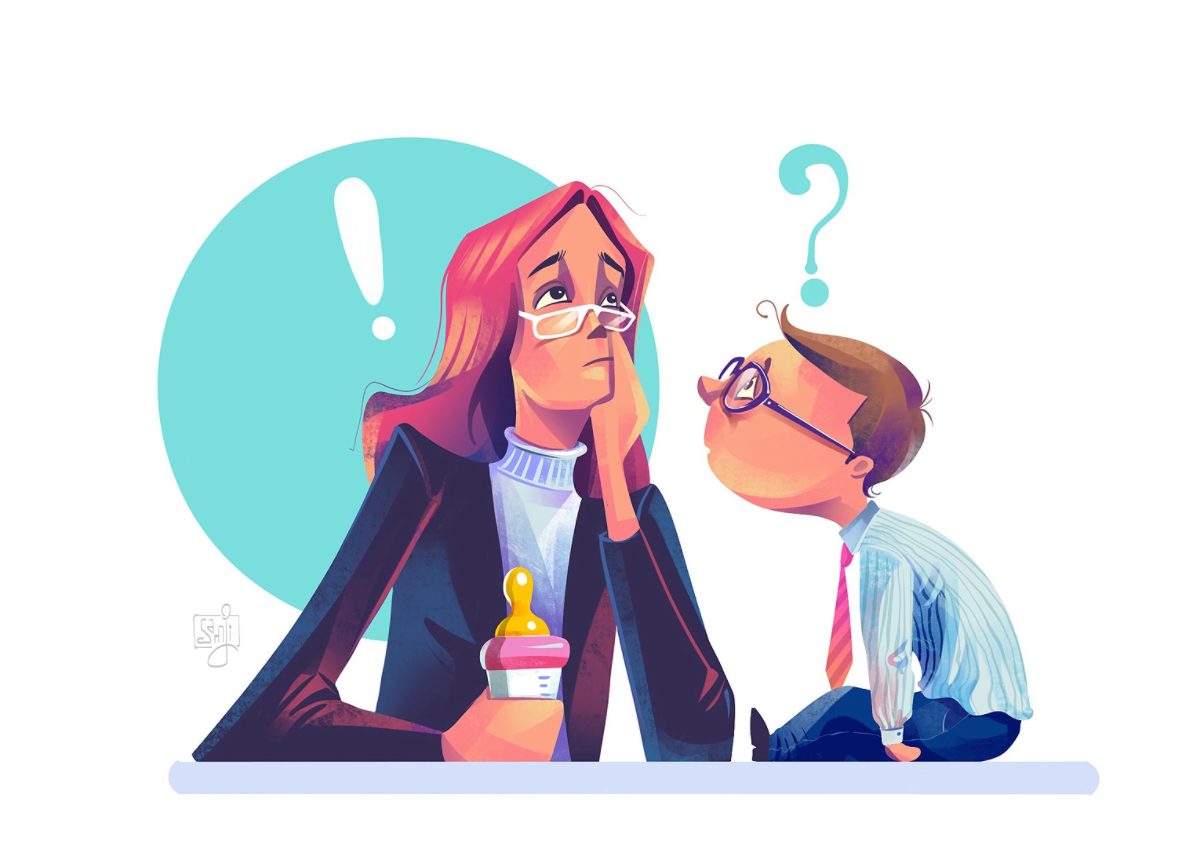Top 5 Stages of the Product Development Life Cycle

The sustainable product business has two major components: product development and the product life cycle. A clear differentiation of activities is important for organizations that have the ambition to start a new product on the market and the ability to keep it successful in the long run. So what is a product development life cycle?
The product development process is a succession of stages from conceptualization to launch; they incorporate planning, development, analysis, and recurrent improvement cycles. It provides the requisite product development to meet audience needs by putting it ahead of the competition through continuous reiterations and innovation.
The product life cycle looks at how a product performs and its market share over its lifetime after incorporating the business’s development, introduction, maturity, and decline stages. It allows us to make more informed decisions on how to price, advertise, or introduce new items and improve the quality of goods.
The product development life cycle targets refining and perfecting the product, and the product life cycle approach gives a wider view of the consumer journey through the markets. These principles build a strong basis for the companies to retain their image, rights, and future wins.
The interplay between product development and the life cycle
The product development cycle and the product life cycle are two intertwined concepts vital in bringing a product to market and ensuring its success.
Product Development Cycle:
- Focuses on creating and refining the product itself.
- Involves stages like planning, development, evaluation, and iteration.
- Ensures the product meets customer needs and stays competitive.
Product Life Cycle:
- Tracks the product’s performance and market share over time.
- Includes stages like introduction, growth, maturity, and decline.
- Guides marketing strategies, pricing decisions, and product improvements.
The significance of the joint work lies in the combination of their capabilities. The product development life cycle is the basis for a successful product launch, and the product life cycle allows the business to plan for and sustain the product’s success with more flexibility in its life cycle. They cooperate to derive a way of handling product development and market positioning problems, the most vital factors of long-term sustainability and market competitiveness.
Product development life cycle stages overview

To successfully bear the burdens of product development and life cycle, the whole product development life cycle stages need clarity to be better understood. This macrocosmic look at the steps to be followed will help businesses navigate from ideation to commercial success.
Initial concept and planning
This initial procedure involves collecting and assessing ample data for user needs, market demand, and the existing competitive environment.
Using your customers’ specific features and problems, you will solve them to clarify your audience and launch the next phases of the product development life cycle, providing you with information-rich data.
You can design a set of product strategies and a roadmap using the gathered information. The following step is worth mentioning, for it involves elaborate planning of the budget, scope, and schedule for your product development endeavors.
Also, a competent strategy concerning the roadmap will help to navigate through all the twists and turns of market trends and user preferences throughout the product life cycle.
Development and introduction
Armed with a profound strategy and blueprint, the process continues with identifying optimal features and creating user stories for every use case. This stage is the moment when the company acts to develop samples or a minimum viable product to test concepts and respond to possible users.
Continuous development and user testing should be included in the project, which will help with the final product features and usability refinement, ensuring that the final offering of the project aligns with the targeted market.
The next step is to polish the product for the market launch. It is when a business sets the right price strategy, such as penetration pricing or price skimming, as required by the market situation.
Concurrently, marketing campaigns that run on the selected channels should be set up to let the customers know about the products and create interest.
Growth and maturity
Once the product has been launched successfully in the market, all effort will be put into growing and maintaining its position during maturity. This stage should be accomplished through strategic market entry and the deployment of methods to retain the product’s competitiveness and effectiveness in the market.
During the growth stage, expanding marketing, adjusting marketing strategies, and capitalizing on early user feedback and sales performance metrics are important. The major objective is to increase the market share using improved advertising, product upgrades, and customer engagement programs. Key tactics may include:
- Ramping up advertising across various channels
- Incorporating user feedback for product enhancements
- Building customer loyalty through engagement and support
Besides, there is a need to invest in innovation and differentiation to maintain products’ appeal in the market. It is also necessary for businesses to expand their reach to other markets or consumer demographics to create more growth possibilities from a relatively stagnant product. Potential actions in this stage could involve:
- Introducing new features or product lines
- Targeting unexplored market segments or geographic regions
- Repositioning the product through rebranding or repositioning efforts
Through the development of stage-appropriate strategies, businesses can leverage the product’s momentum, extend its life product development cycle, and ensure sustained profitability and relevance in the market.
Evaluation, assessment, and iteration
The product development life cycle process wouldn’t be complete without evaluation, assessment, and iteration. Those components are essential for the product to stay relevant and competitive while aligning with the user’s needs. A continuous loop of this process involves real-time monitoring and analysis, followed by intelligent alterations and possibly a shift in strategy when the need emerges.
Right along the course of the product’s growth, from launch to maturity, businesses must always monitor the performance relating to the key performance indicators (KPIs) they have set out.
- User acquisition and retention metrics
- Revenue and growth indicators
- Product engagement and satisfaction levels
Feedback mechanisms like surveys, interviews, and performance data analyses give vital information on the product’s effectiveness in real life and customers’ satisfaction.
Backed by these assessment results, organizations can fine-tune and test new ideas to improve product features and market strategies. This iterative approach may involve:
- Refining existing features based on user feedback
- Introducing new functionalities or product lines
- Adjusting marketing and pricing strategies
In certain instances, the evaluation and assessment phase may require genuine reforms or innovations.
When this is the case, businesses should return to the development stage and combine the cyclic nature of product creation and life cycle management. This readiness to change the offer in line with market trends and user preferences is key to continued growth.
Decline and innovation
The decline phase is inevitable in the product life cycle, but it is not a static endpoint. Instead, it presents an opportunity for businesses to recognize market shifts and embrace innovation, paving the way for a renewed product development cycle of growth and success.
During this stage, it is crucial to remain vigilant and monitor key indicators that may signal the onset of decline, such as:
- Falling sales figures
- Decreased market share
- Market saturation for the existing product
By staying attuned to these warning signs, organizations can proactively address the impending decline and explore strategies for revitalization or renewal.
When faced with declining product performance, businesses have two primary paths forward. The first option involves innovating and redeveloping the existing product to address emerging market needs or technological advancements. This approach may include:
- Introducing significant enhancements or new features
- Repositioning the product to target new market segments
- Leveraging advancements in technology or product development life cycle process
Conversely, business entities may stop manufacturing old items that have become obsolete and dedicate the freed resources to the development of solutions modified for continual demand changes.
Through this decision, businesses have a greater chance of a new start-up to end the production and life-cycle of old concepts and outdated solutions.
Closing the loop: Merging development with the market life cycle

Combining product life cycle and development cycle information will outline the product management process. It shows not only internal procedures of growth and development but also external factors like market reception and customer feedback.
The skillful deployment of these interlaced chains allows businesses to be sure that not only is their product introduced to the market, but it also continues to thrive, giving the business a chance for success and flourishment in a dynamic marketplace.
The product development cycle, as a process, is dedicated to creating, refining, and continuously improving a product with the assistance of organizations in the form of planning, creating product design, developing, testing, and iterating steps. This internal process plays a vital role in providing a full-quality, user-centric solution that works according to the target audience’s needs.
On the other hand, an efficient product development life cycle becomes only one stage in the complete product life cycle, which involves the product’s journey from introduction and growth to maturation and, possibly, decline within the market.
By aligning these two cycles, businesses can:
- Leverage market research and customer feedback to inform product development decisions, ensuring alignment with evolving needs and preferences.
- Adapt marketing strategies, pricing models, and product enhancements to sustain growth and maintain competitiveness during maturity.
- Recognize early signs of decline and proactively пivot, breathing new life into existing offerings or introducing fresh concepts to the market.
This integrated approach, in effect, generates a chain of development, marketing validation, and adaptation, allowing companies to stay on top and be responsive to any sudden market shifts and changing customer needs.
Integrating internal processes with the external demands of the consumer market is a key feature of product management. This approach guarantees that the target market for the created product is initially interested, then maintains its relevance for a long time and the product’s profitability.
Conclusion

The creation involves at least five product development life cycle stages that are intricately connected. Therefore, product life cycle management cannot be done without a deep knowledge of the development phases.
Тhe essence of the integrated point of view is constant improvement and dynamicity. Through the tight interlinkage of the internal development strategy with the external market-based evaluation indices, businesses can detect underlying trends and react promptly to customers’ needs.
This sort of out-of-the-box thinking enables product development team to make informed decisions, such as improving the functionality of products, discovering new markets, or leading to novel concepts for entirely different matters.





















